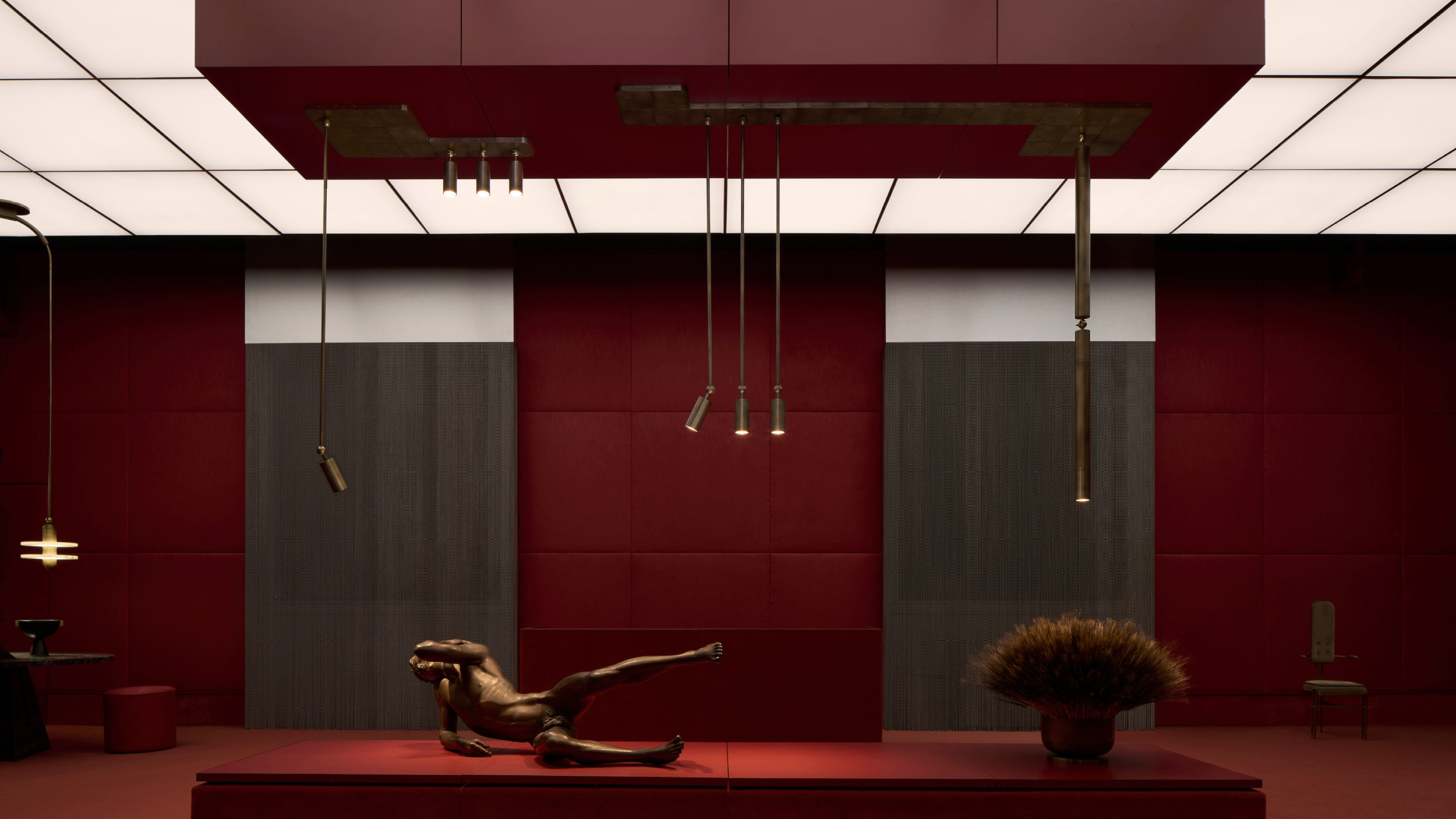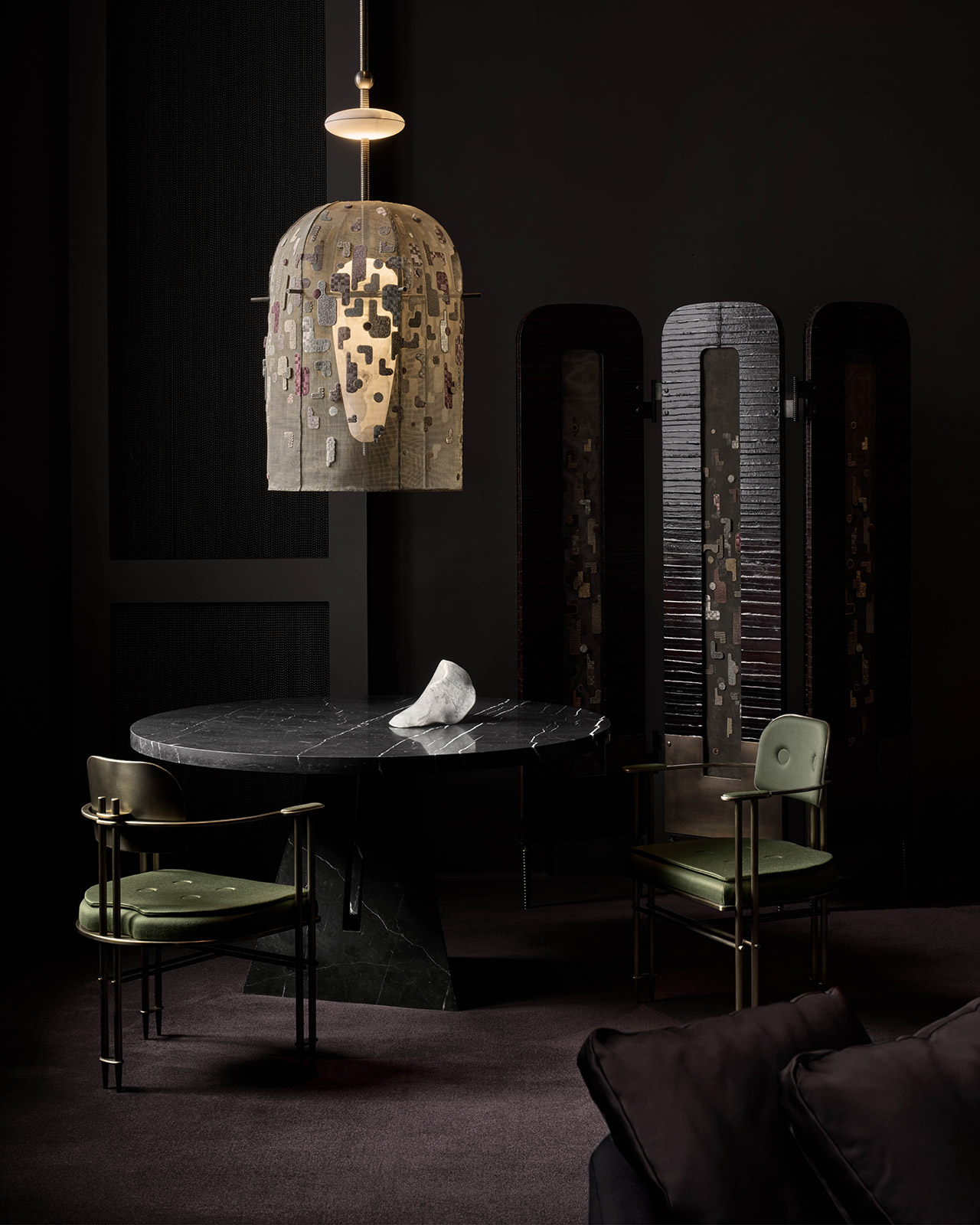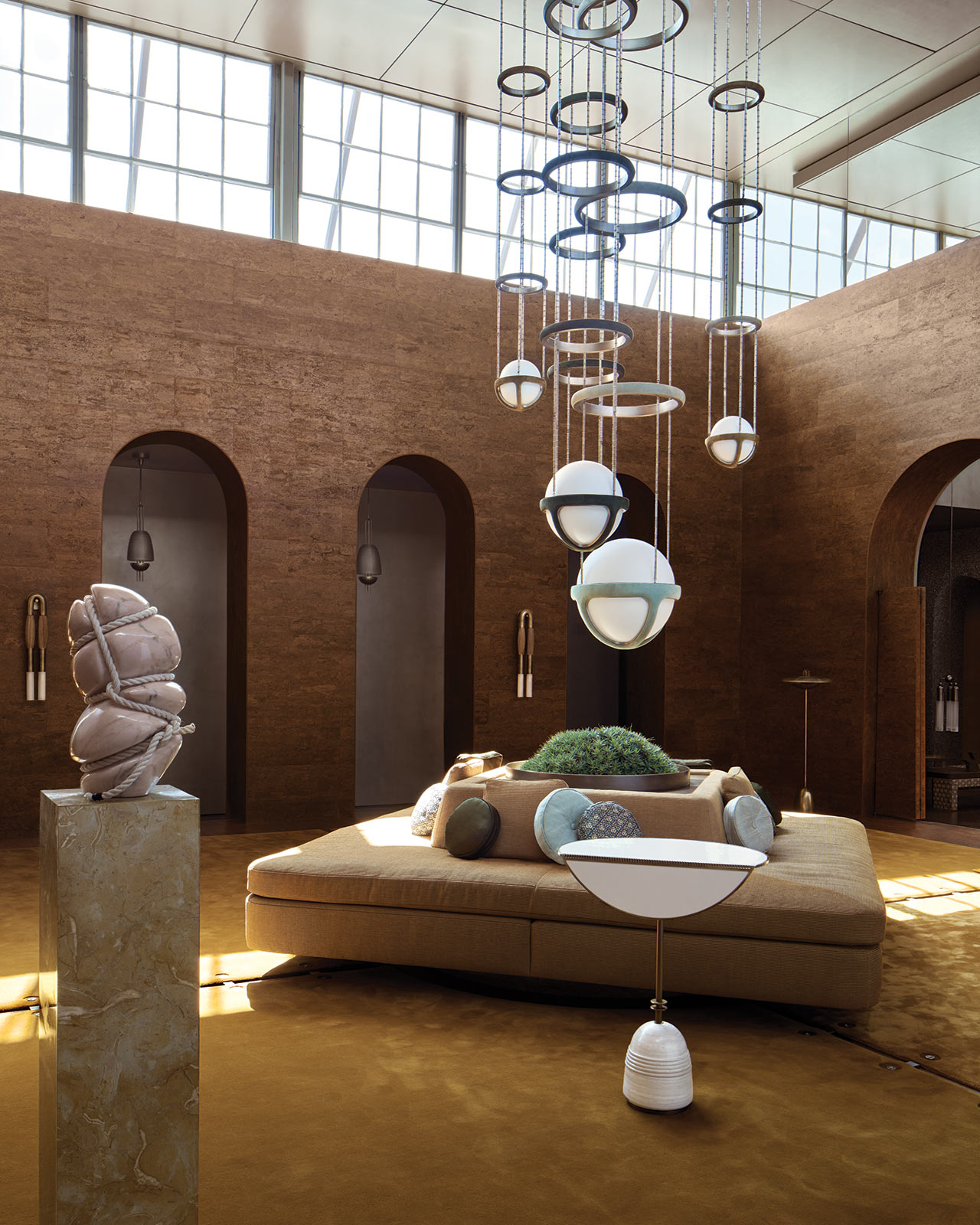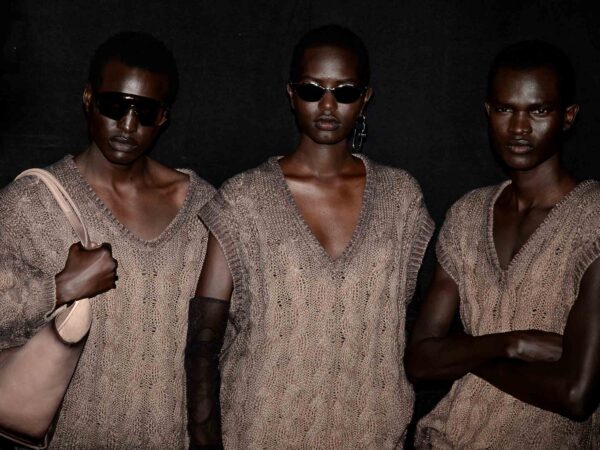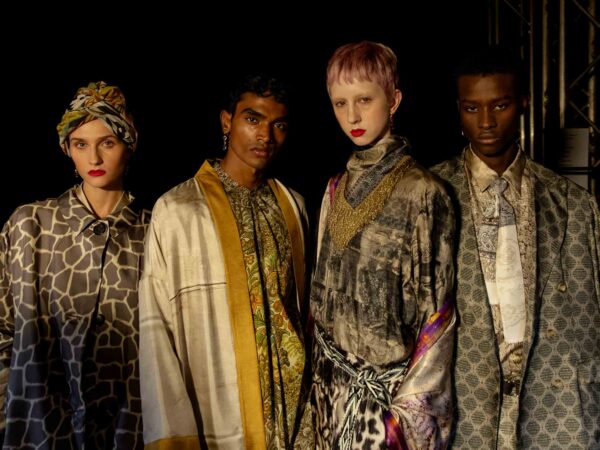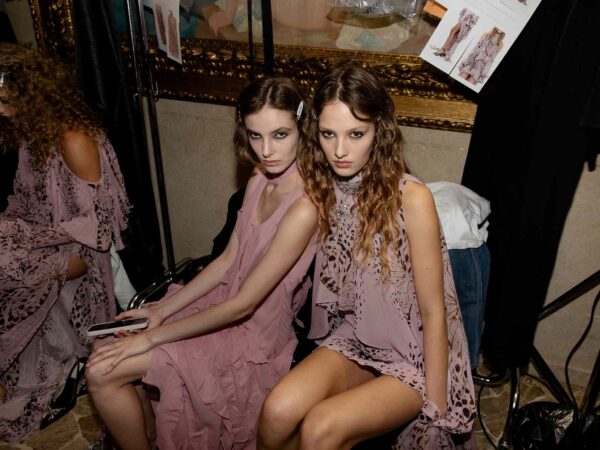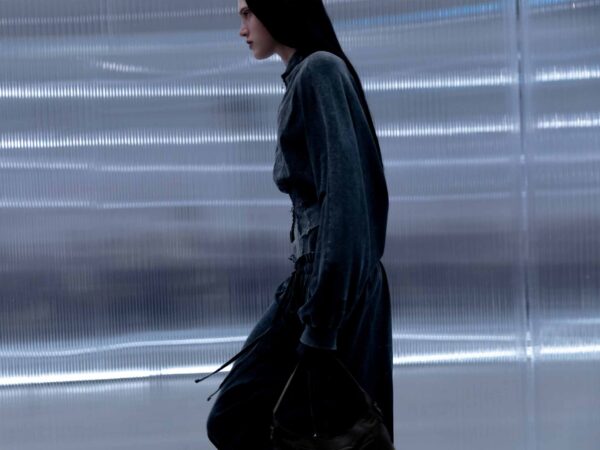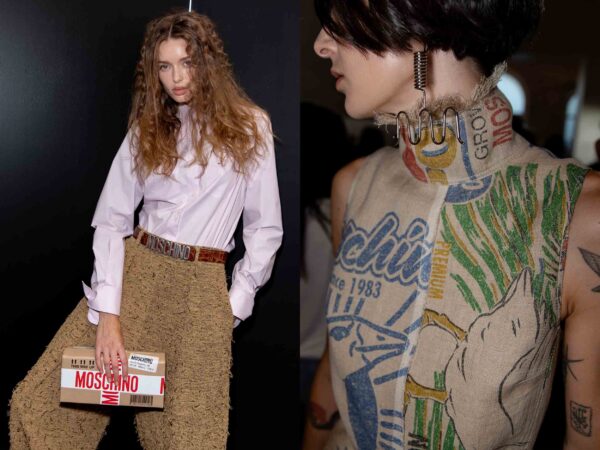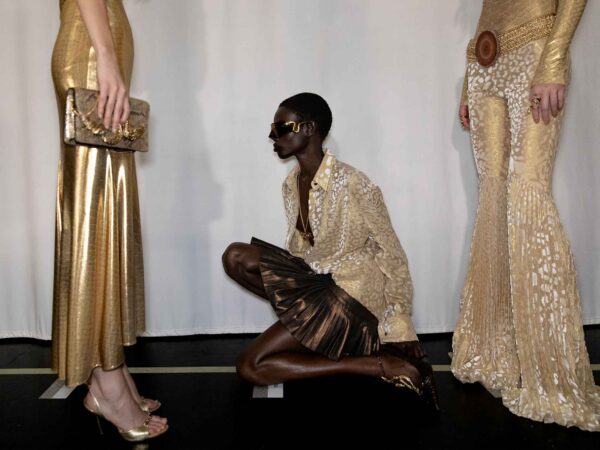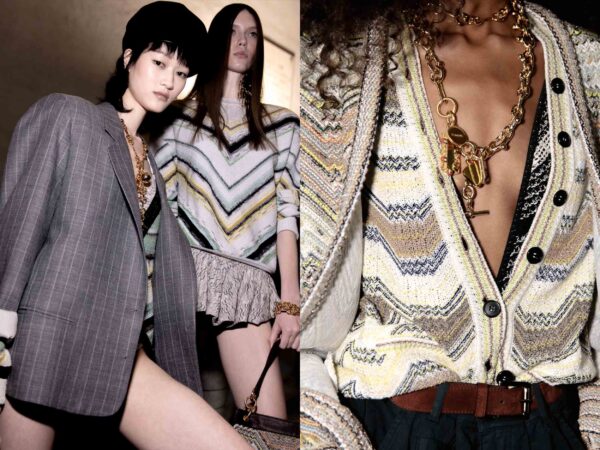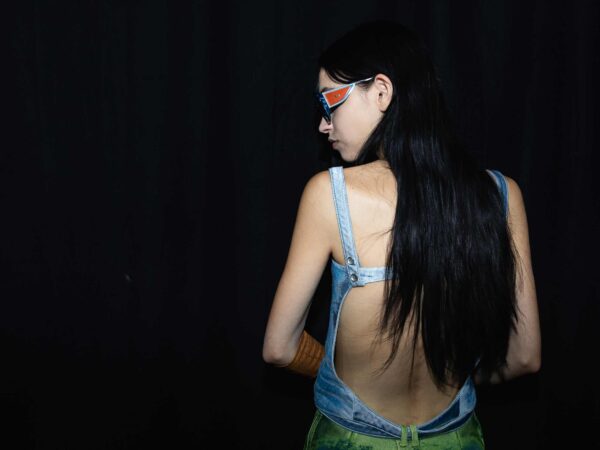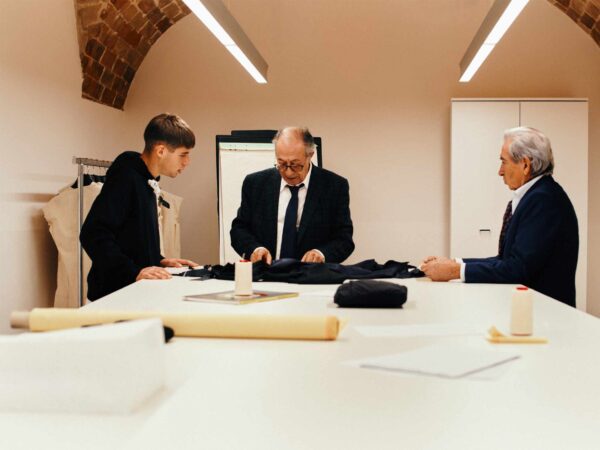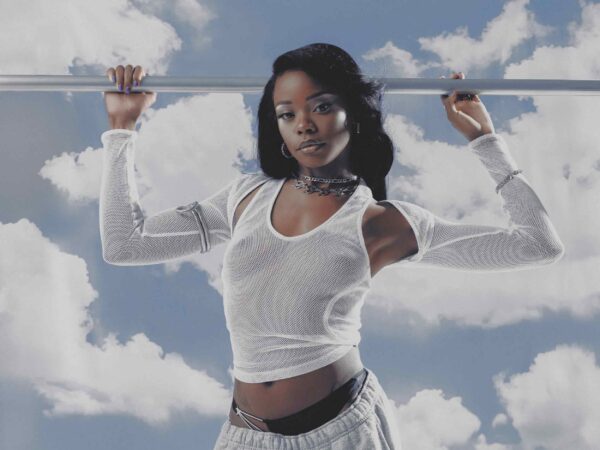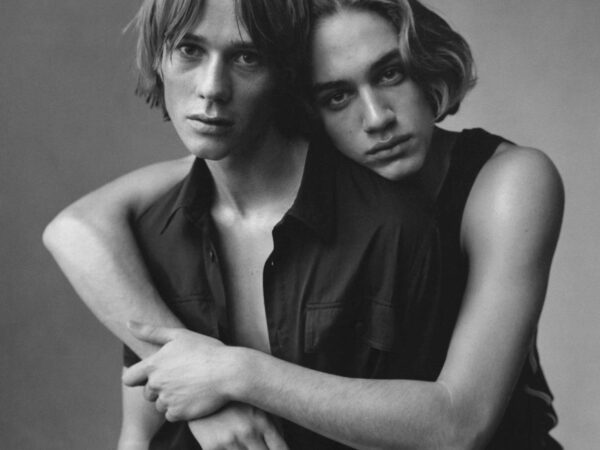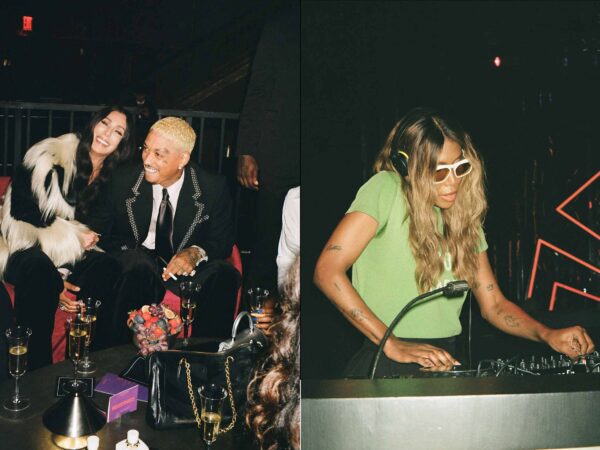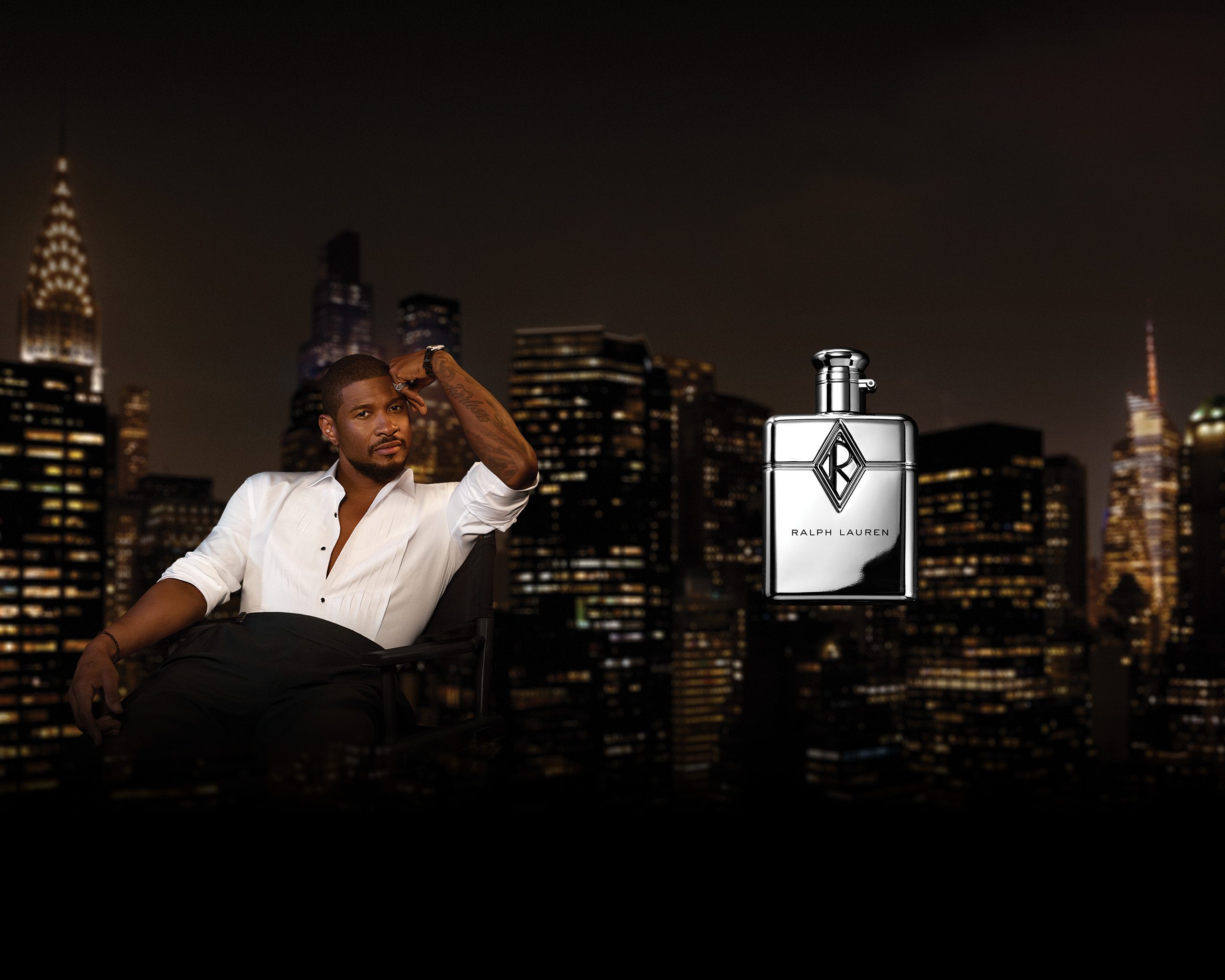
Apparatus’s artistic director speaks on the seductive power of design, storytelling through light, and finding new resonance in his Persian heritage
Gabriel Hendifar crafts transcendent light fixtures—artifacts that seduce and illuminate memory. As co-founder and artistic director of Apparatus, with studios in both New York and Los Angeles, Hendifar has spent the last 15 years creating objects that translate lighting into a deeply personal language, one that whispers of heritage while speaking to contemporary desires.
In this conversation with Document Journal Editor-in-Chief Nick Vogelson, Hendifar reflects on the evolution of his aesthetic language, his connection to his Persian roots, and how objects can serve as touchstones of emotion in a disposable age.
Nick Vogelson: Apparatus collections are known to feel like they’re from another world, another time. Where does the imagination begin when you’re building that holistic vision?
Gabriel Hendifar: I think for me, it always begins with an emotional vibration. It’s like, what do I want to feel in this moment? And when I think about that feeling, what are the references that come to mind? And then, how do we move in and out of those references to create an actual thing? And then how do we create a story around that thing? How do we help people understand why this object needs to be made in this moment?
It’s always powers of 10—very, very close, and then very, very zoomed out, then very close again, and then very zoomed out. I’m always trying to make sure that, ultimately, we’re creating things that people will integrate into their lives.
For instance, Act Four, which was in development going into COVID—I remember thinking, “Wow, the future feels dark. Our understanding of technology feels dark.” And I was yearning for this naive moment in history where the idea of technological integration had a sense of humor. It’s sort of like Rosie the Robot—this idealistic view of how mechanization and technology can be a friendly extension of human experience.
I’m always searching for a familiarity that invites you in. It’s something that you think you understand enough that you’re seduced, and then once you’re in, you’re like, “Wait a second. Where did this come from? What time is this from?” That initial friendliness sets people up to be open to the twist, and I think the twist is actually where it’s at.
Nick: You’ve mentioned seduction and sensuality as part of your design language. How do you translate those ephemeral qualities into physical form?
Gabriel: Sensuality is all about touching, right? It’s physical—it’s about creating desire. I’m really interested in this concept of mirror neurons. When you look at another person doing something, or when you look at a material, you have a sense of what it feels like to be in that person’s body. Your brain is saying, “This is how you move that arm, and this is how it feels to do that.”
I believe we’re biologically wired to seek out sensuality and physical connection. I’m always thinking about what’s going to make you want to touch this object. What does the corner feel like in your hand? Was it designed to anticipate producing pleasure in the way that you interact with it? That’s a very sensual, erotic impulse, even though we’re making lights.
Seduction feels to me at the center of everything I know how to do. Both professionally, as the leader of a creative organization, and in my capacity as artistic director, seduction is key. So often I’m trying to encourage, inspire, and convince people to try something in a way they hadn’t imagined would work. That is very much about seduction.
All these layers of storytelling and sensuality that we put into objects—it’s ultimately to seduce the viewer. Seduction to me is really just about the basic principle of attraction, giving you something that makes you think, “Yes, what’s that? I want to know more about that.”
Nick: Your studio operates between object, environment, and emotional response. How do you choreograph the interplay between these elements?
Gabriel: In my estimation, they’re critical to the entirety of our ecosystem and the experience that we create. Often, I start from the place of emotional response, then understand what the story is, what pieces we need to tell that story, and what physical container we can create within which those objects will tell a particular story.
I don’t know how to take them apart—I don’t know how to create an object with the idea that it will be presented in a white box, unless the intention is to make you feel what it’s like to experience this object in a white box. It’s not that there’s necessarily a right or wrong context, but the fundamental understanding that the context and the object together create the emotional response is at the heart of what we do.
Any one of those elements can take the lead. It might be a specific idea of an environment—I’ve literally been chasing a reflecting pool my whole career. I don’t know when it’s going to be the right thing, but I know it’s going to make me feel something. So I ask, what does it feel like to look at a reflecting pool? And how do I weave that into something that supports a product and an experience in the right moment? Or if we need to make a particular product, what will make you feel something when you see it? These are tools, and you decide which is the right tool for the right moment.
Nick: Could you talk about your background in music, scenography, costume, and interior design? How do those influences shape the way you lead a design studio today?
Gabriel: It’s like triple A-plus faggot training. I was very, very grateful and blessed to have grown up in a creative environment. My parents made music, my mom sings and plays the piano. I just had this really major cathartic experience, bringing her and my sister into the gallery and doing a Persian New Year thing and performing with her, which I had never done before. I feel like a totally different person on the other side of that.
What it helped me to see was that this moment I’ve arrived at has felt like a response to feeling the world I grew up in didn’t really understand me. So I was like, “Okay, my life is on top of this mountain somewhere else.” The mountain was New York, and I climbed and built and built. And then you get to the top of the mountain and you’re like, “Wait a second, where did I come from?” That’s this moment for me now.
I can see how all these things—music, being a theater kid, which made me a set designer, which made me an interior designer when a mother who saw the high school musical I designed asked me to decorate her house, then falling into a job in fashion—presented themselves over this journey. I never had a superstructure or vision of where it would take me, but I knew I needed to keep being creative and think about the tools available to me.
Where that’s led me, which I’m so grateful for, is to an organization of people with individual passions that make our approach multi-layered. A light fixture isn’t just a light fixture. Anything we make can be an opportunity to say something about what it means to be human. For us, it’s a combination of art, music, scenography, interiors, what’s happening in the world, how we feel, and who we align with.
I didn’t study industrial design or interior design—I didn’t actually study any of these things deeply enough to consider myself an expert, which I think is a strength. I’m able to move in and out with curiosity and, at the beginning of my career, a certain naivete that allowed me to do things in ways I might not have otherwise. It’s an interesting cocktail—very theatrical, very aware of story and the power of environment to support story.
A light fixture isn’t just a light fixture. Anything we make can be an opportunity to say something about what it means to be human.
Nick: You’ve referred to your practice as creating “jewelry.” Is that part of your lexicon when you talk about lighting?
Gabriel: It does. There was a period where I shied away from that because it felt kind of cliche or obvious. But jewelry, in my imagination and upbringing, was this connection, this portal to another place or a heightened experience—going with my mother to the safety deposit box to take out the good jewelry for a wedding, these objects that were cherished and carried meaning.
Of course, there are formal connections—I can say this piece was inspired by a lariat, or this looks like an earring—but it’s not that for me. It’s more the feeling. When I meet somebody, I’m scanning their jewelry and thinking, “Where’s that from? What’s that story?” It’s my way of finding out why a person felt enough connection to a particular object to wear it on their body.
What I think is heartbreakingly beautiful about jewelry is how you see an idea communicated through craftsmanship and through hand. You see how this person meticulously set this particular diamond in this particular way. I want our pieces to give you that same sense of wonder and curiosity, that same sense of “Where did that stone come from?” That’s the magic of jewelry to me.
Nick: How do you feel your aesthetic has evolved as your relationship to your heritage or identity has shifted?
Gabriel: Great question. I’m an outsider, no question. In the first decade of Apparatus, particularly the first 5-8 years, it felt incumbent upon me to establish credibility in the design conversation by showing I was pulling from, deifying, respecting, learning the 20th century modernist design lexicon—the canon.
Western European design movements from the beginning of the 20th century to mid-century are still intensely inspiring to me. I felt my job was to learn this language and create things inspired by it that, unbeknownst to me, were layering something else into it.
I don’t feel that obligation to prove something anymore. I feel more inclined to push in directions that may or may not feel connected to my heritage, but that I feel more personally connected to. By definition, that is more connected to where I come from, how I was raised, and what those references are. I feel more called to make things that feel personal to me and less scared that that won’t resonate.
Nick: What does legacy mean to you, not only for Apparatus, but for your personal journey as a designer, studio founder, and leader?
Gabriel: I think a lot about legacy. Many of us are in dialogue with this idea of making things that people choose to live with for long periods of time, being the antidote to disposable culture and consumerism. From that perspective, I’ve always thought, “I want to make the things that are at auction in 50 years.” Recently, a friend sent me a screen grab of a sconce that was in a Wright auction, and I was like, “We’ve made it.” It was amazing.
Of course, there’s always an egoic piece when you think about legacy—what do I want people to think of when they think of me? That feeling is changing. I hope to create a body of work that’s saying something significant, not just in this moment but in the future, as a human contributing.
But I also recently understand that my mission is to create light, and Apparatus is a very functional answer to that mission—a literal interpretation of making objects that make light. The longer I do this, and the more I understand the opportunity to weave stories and humanity into it, the more I understand that making light is a human project. It’s about bending people’s expectations and desires through material, object, space, and experience, towards the light.
I hope my legacy includes having made beautiful objects that people respect and admire. But I hope it’s bigger than that—that those objects feel like tools in a larger context. What excites me is that the larger context is starting to unfold, and I’m excited about all the places these ideas we’re incubating here can go.


